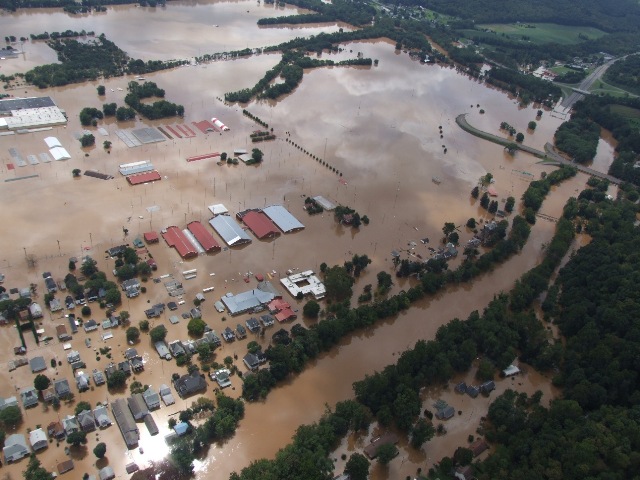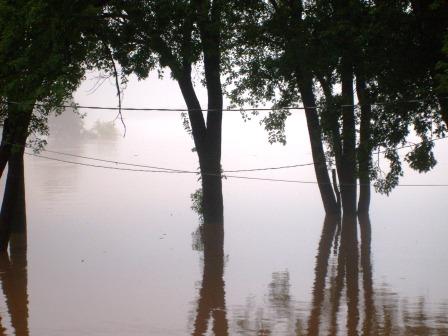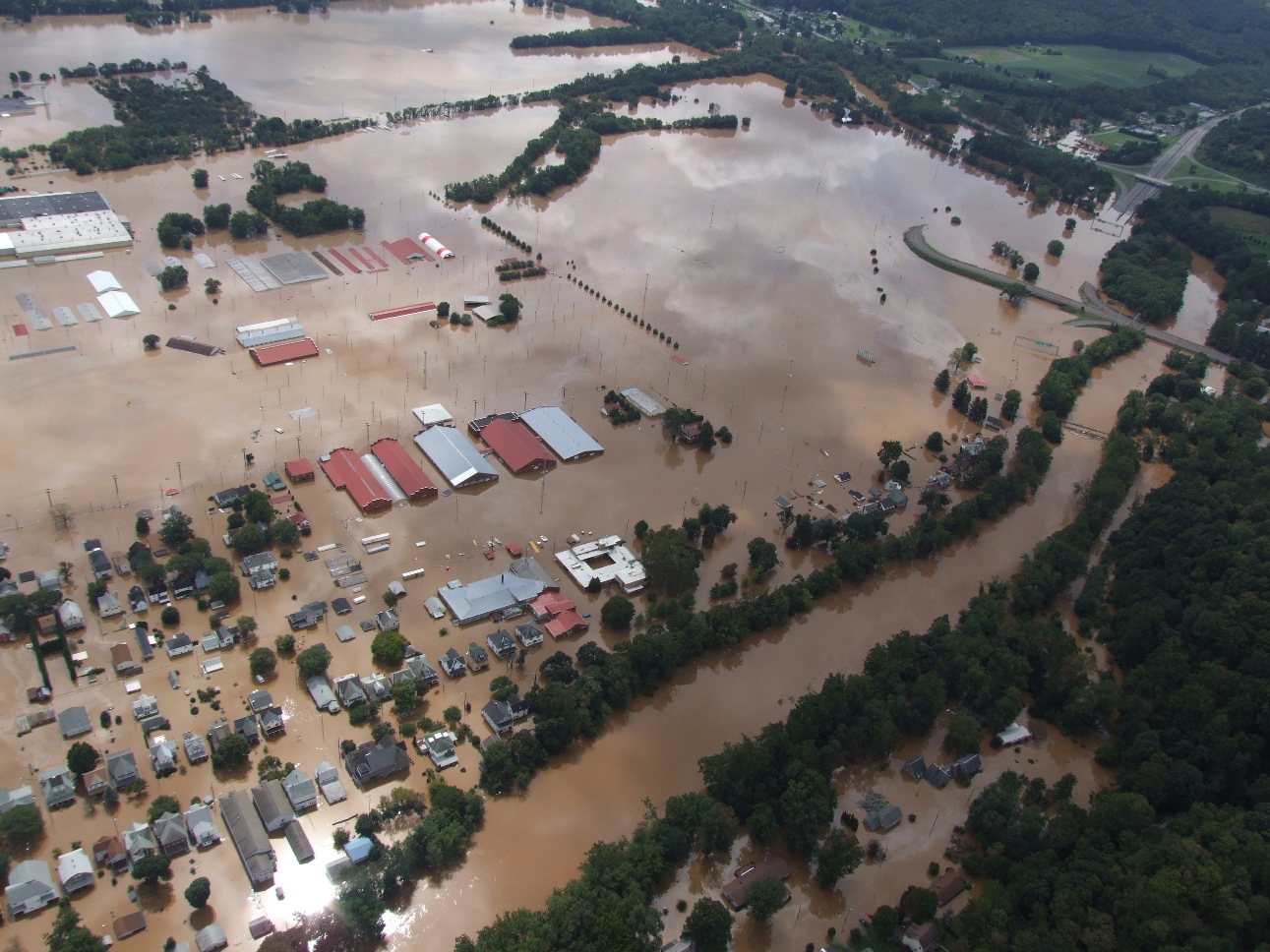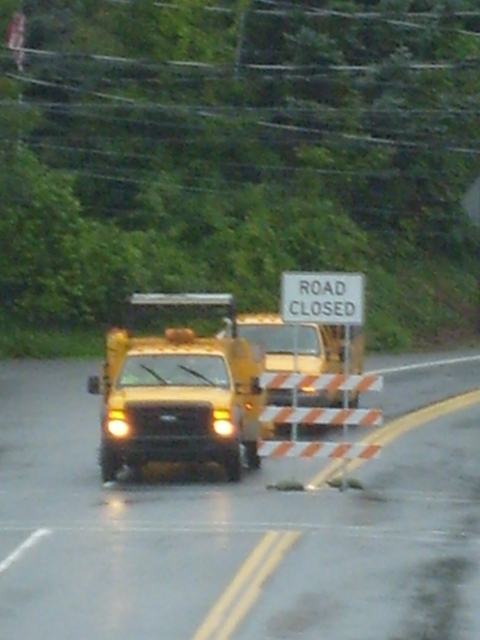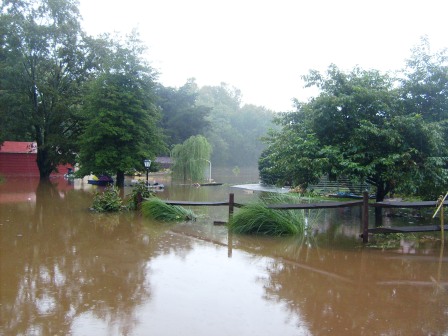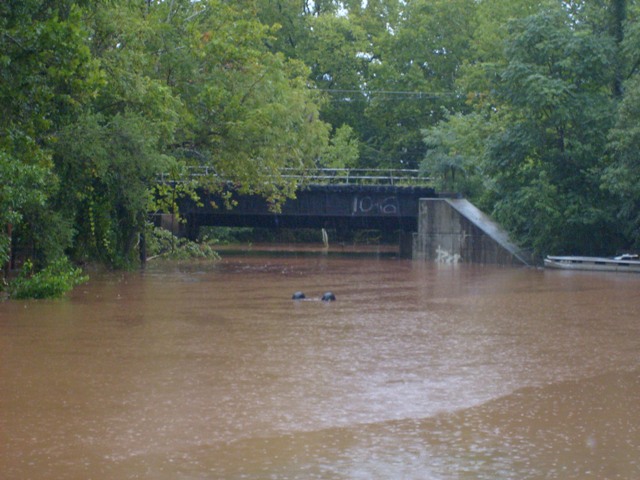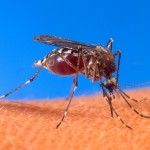Hazard Mitigation Is Part of Post-Flood Follow Up
In the aftermath of a disaster, clean up is the main focus. But officials are already looking at ways they can prevent some of the devastating flooding from happening again. Tropical Storm Lee brought more than a foot of rain to parts of Pennsylvania, but some of the flooding was made worse by other factors according to Pennsylvania Emergency Management Agency Director Glen Cannon.
Cannon says the levees along the Susquehanna did protect a number of people, but the system being incomplete caused severe damage for other people. He says it funneled the water down into a channel, increasing the speed and causing the water to back up into other tributaries above those levees, and flood in places that had never been flooded before.
Cannon says PEMA is actively working with the Federal Emergency Management Agency on hazard mitigation. He says they don’t want to wait until the disaster is over.
Cannon says as they figure out the dollar value of the disaster, which is going to be hundreds of millions of dollars, ten percent of it will be given back in the form of money to be used for disaster mitigation projects across the Commonwealth.
Cannon says hazard mitigation applications must come to PEMA from the local and county governments. He adds a county must have its own mitigation plan to be eligible to receive some of the funding. But he says that should not be a problem in Pennsylvania. The state hired a contractor to work with the counties to make sure their plans were in place.
Cannon spoke at a recent joint hearing of the Senate and House Veterans Affairs and Emergency Preparedness Committee, which is considering a state disaster assistance program to fill the gap when disaster fall below the federal threshold for aid.


